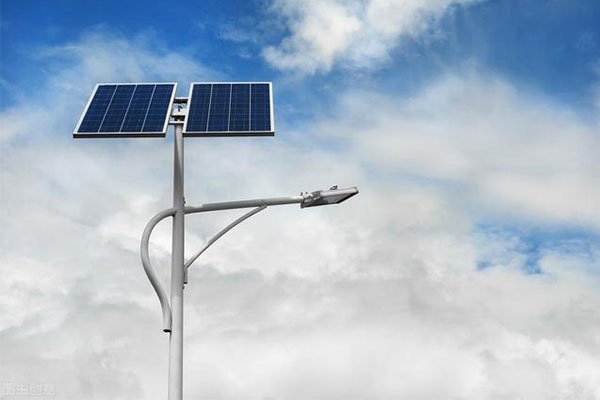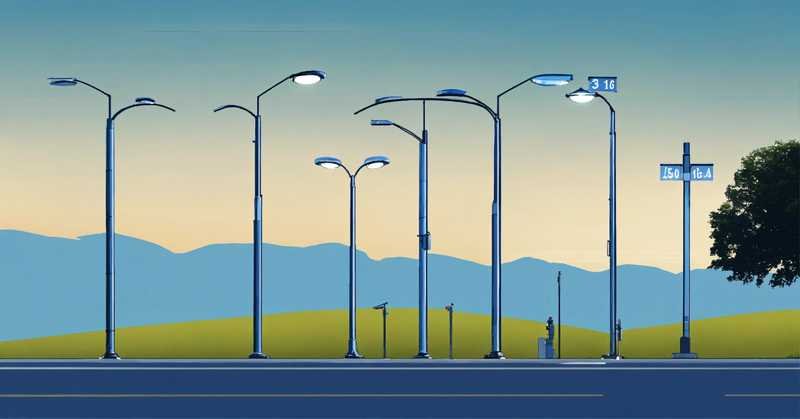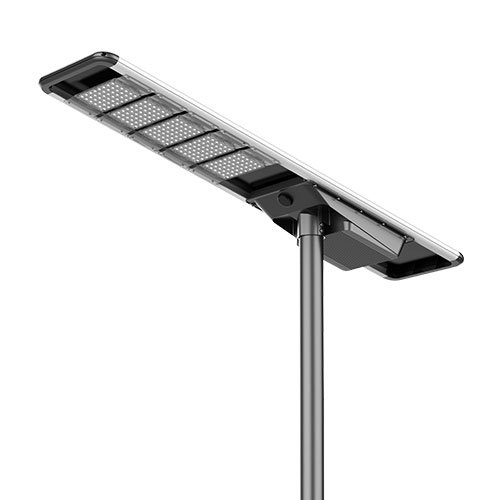All solar street lights might look similar at first glance, but their performance tells a very different story.
Solar street lights may look alike, but key differences in battery type, panel efficiency, lighting specs, and smart control features create huge gaps in quality. Many buyers miss these, leading to poor lighting or early failure.
Let’s break down what really matters so you don’t waste money on the wrong setup.
The Key Components That Make or Break a Solar Street Light
Not all parts are created equal — small changes in spec lead to big differences in performance.
The type of solar panel, battery, controller, and even housing quality determine how long and how well your street light works.
Solar Panel:
- Monocrystalline = more efficient, especially in low sunlight
- Polycrystalline = cheaper, lower output
Battery:
- Lithium (LiFePO₄) = 5–8 years lifespan, stable performance
- Lead Acid = 1–2 years, weak in heat or cold
- Check actual lumens, beam angle, and energy usage
- Some cheap products claim 1000W but output less than 300 lumens
Charge Controller:
- MPPT = smart tracking, better charging
- PWM = simpler, lower efficiency
Sensors:
- Motion sensors for energy saving
- Dusk-to-dawn sensors automate daily operation
Build Quality:
- Look for IP65+ rating
- Corrosion-resistant casing
- Anti-theft design (for poles, screws, cables)
4 Common Types of Solar Street Lights (And Who They're For)
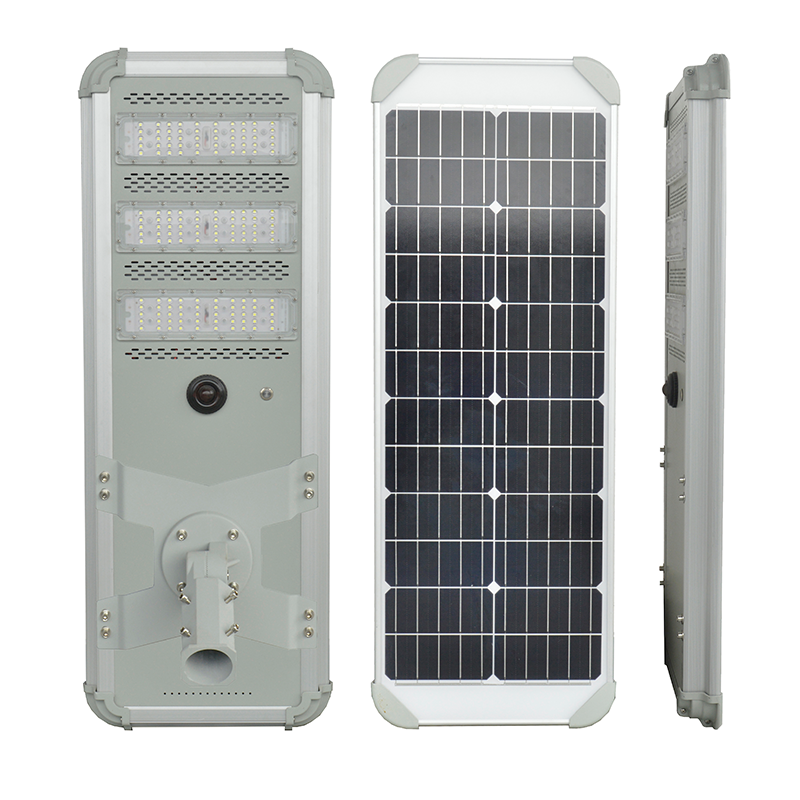
Different projects need different systems — don’t pick based on looks alone.
Each type of solar street light suits a specific application. Choosing the wrong one could mean poor lighting or wasted money.
All-in-One Solar Street Lights
- Compact, integrated panel/battery/light in one unit
- Easy to install, plug-and-play
- Best for homes, villages, temporary use
Split-Type Solar Street Lights
- Panel and battery separate from the light
- Better cooling, more customization
- Ideal for highways, cities, industrial areas
Smart Solar Street Lights
- IoT-ready, remote monitoring and control
- Adjusts brightness by traffic volume
- For smart cities, commercial zones
Portable/Hybrid Models
- Mobile, with removable parts
- Great for disaster relief, construction sites
- Can include hybrid AC/DC support
What Most Buyers Overlook (But Shouldn’t)
These are the specs that cause real-world issues when ignored.
Most people check the price and brightness only. But these overlooked details decide how long the light works — and whether it works at all.
- Low-cost lights often have old lead-acid batteries
- LiFePO₄ lasts longer, charges faster, handles heat better
Actual Lumen Output vs Claimed
- Cheap units inflate lumen numbers
- Look for independent test data or honest spec sheets
Geographical Compatibility
- Cloudy regions need bigger panels or extra battery
- A light that works in Nairobi might fail in Gulu
- MPPT = 15–30% better efficiency
- PWM = okay for basic setups, less adaptive
Installation Height & Pole Matching
- LED wattage must match mounting height
- Too low = glare; too high = dim coverage
Checklist Before You Buy a Solar Street Light
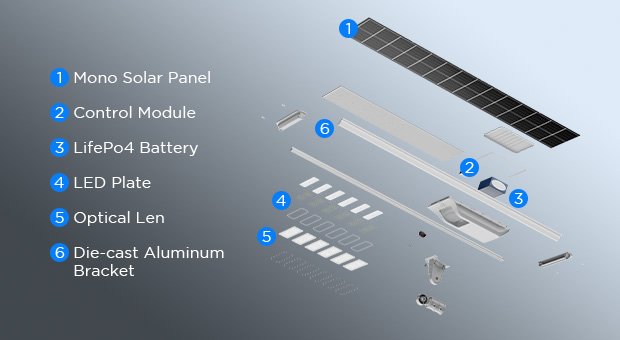
A smart purchase starts with asking the right questions.
Use this checklist to make sure the product matches your needs, not just your budget.
- How many lumens do I actually need?
- How many hours of light are required each night?
- What is the average daily sunlight in my location?
- Is the battery LiFePO₄ or lead-acid?
- Does the system use MPPT or PWM controller?
- What’s the IP rating (for dust and water)?
- Any smart features like motion sensor or remote control?
- Is there a valid warranty or after-sales service?
Solar Street Lights for Different Use Cases
Your application should decide your lighting system — not the other way around.
Here’s a quick guide to match the right solar light type to your real-world needs.
| Use Case | Best Type | Key Features |
|---|---|---|
| City Streets | Split or Smart | High lumen, MPPT, LiFePO₄, wide beam |
| Industrial Sites | Split Type | Durable, anti-corrosion, long battery life |
| Rural Roads | All-in-One or Hybrid | Motion sensor, easy install, moderate brightness |
| Temporary Sites | Portable | Lightweight, mobile, easy to move and deploy |
Conclusion: Buy Smart, Not Cheap
Cutting corners on specs usually leads to failure within a year.
Buyers who choose quality systems matched to their real needs get long-lasting lighting, energy savings, and peace of mind.
Always check the real specs — not just marketing. Match the system to your region, application, and expected lighting hours.
Bonus: Red Flags to Avoid When Buying
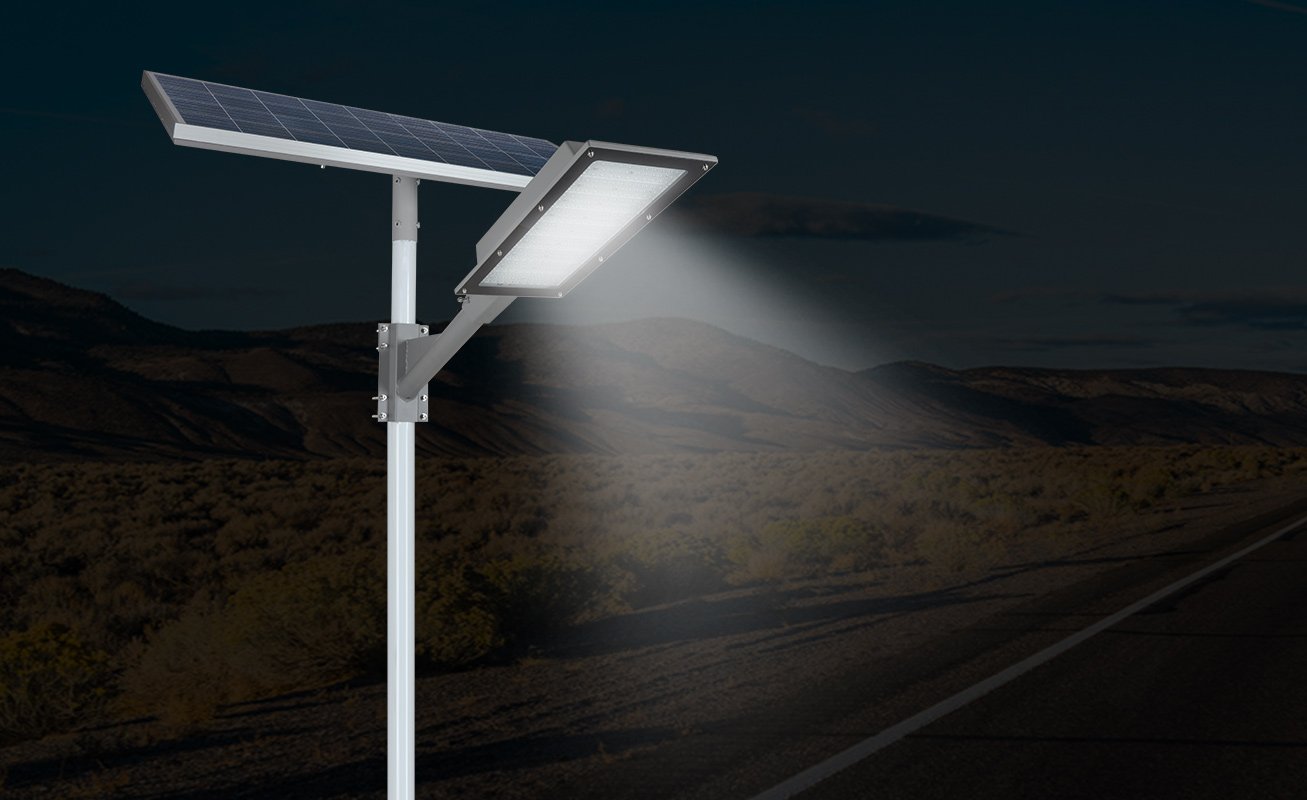
Here’s how to spot a bad deal before it costs you more later.
Watch out for these signs of poor-quality or misleading products.
- Vague or fake wattage claims (e.g., “1000W” on a tiny light)
- No mention of battery type or capacity
- No testing certifications (CE, RoHS, ISO)
- No IP rating or warranty info
- Poor reviews or no real customer support contacts
- Plastic-looking solar panels or exposed wires
Looking for help choosing the right light for your project in Africa? I’d be happy to recommend a reliable model based on your site conditions.




